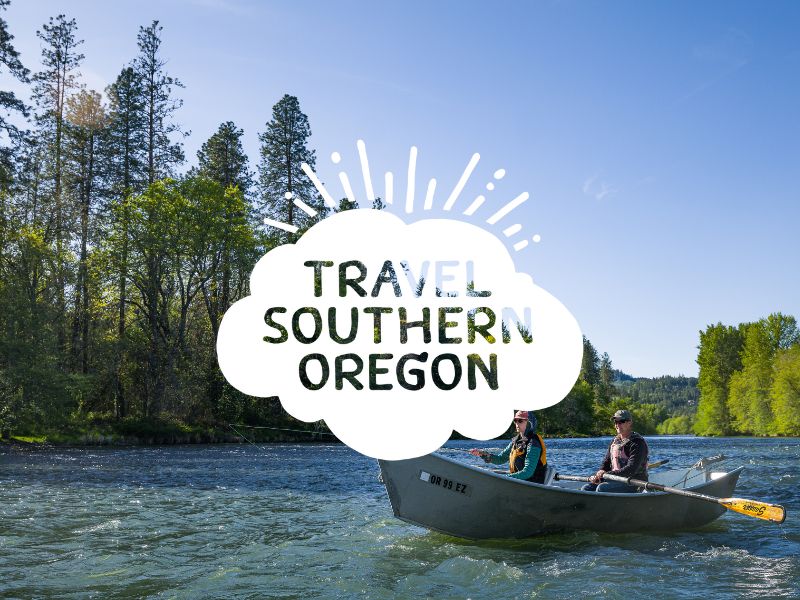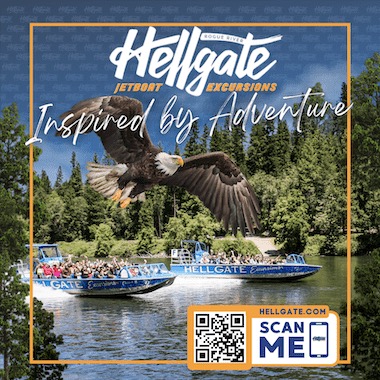Stargazing Adventures in Southern Oregon
Welcome to Southern Oregon, a magical place where the night sky is so dark that it is full of visible stars! This is the perfect spot if you love looking deep into the universe. With only a short drive from city centers, you can explore many expanses of dark skies. Let’s explore some incredible places where the night sky is the darkest.
Where to Go
Crater Lake National Park: When the sun goes down, Crater Lake is a great place to experience the night sky. The lake is high in elevation and the air is immaculate, making it perfect for stargazing. Plus, the reflection of stars in the lake makes the stars seem even closer.
Oregon Caves National Monument and Preserve: This place is not just about caves; it’s also excellent for viewing all the many wonders above, including the Milky Way. The Monument is up in the mountains, and when you look up, you can see a multitude of stars peeking through the trees.
Cascade Siskiyou National Monument: Here, merging the high desert with the Coastal Cascades, it is easy to find quiet spots where you can ponder a sky full of stars. This dark sky site is so dark that you can see the Andromeda Galaxy at 2.5 million light-years away with your naked eye.
Oregon Outback: Imagine a place so wide and open and with a night sky so pristine that the stars brightly contrast against an inky black velvet background – and you’ve discovered the largest dark sky space in the world. The Outback is like a giant movie screen for watching stars, planets, and even the Milky Way. People come here with their telescopes, but you can see a lot with your naked eyes.
Cool Stuff to See
The Milky Way: This is our home galaxy, and the name given to the milky white portion of it that we see from Earth. It looks like a long, glowing river of stars across the sky.
Meteor Showers: Sometimes, you can see many shooting stars simultaneously. It’s like a fireworks show in the sky! The darker the sky, the more meteors you will see.
Planets: Depending on the time of year and day you can see Jupiter, Saturn, Venus, Mercury, and Mars. To the naked eye they look like bright dots in the sky. However, with a small telescope or binoculars, you’ll see the rotational phases of Venus, bands on Jupiter, and the rings of Saturn.
Tips for a Fun Night
Best Time to Go: The New Moon, when the moon remains below the horizon all night. There is also a 10-day window bookending the New Moon when the moon is below the horizon for most of the night.
What to Bring: You can see many stars with your naked eyes, especially under a dark sky. Binoculars or a small telescope can make your trip even more extraordinary. Also, bring a red light flashlight to avoid disturbing your night vision.
Stay Warm: Nights can get cold, especially in the high desert, so wear layers of warm clothes and maybe bring a blanket.
Be a Star Friend
Remember, keeping the sky dark is essential so everyone can enjoy the stars. That means using lights only when needed, where needed, and only as much as needed. Don’t shine lights up into the sky and avoid white lights. To maintain the health of all living things, use lights that significantly reduce or avoid blue light, like red lights. By practicing good lighting principles, you’re helping to keep the stars bright and avoiding ecological harm.Learn more about how to protect the night sky.
The Oregon Outback Dark Sky Network (OODSN) is a collaborative initiative aimed at establishing a Dark Sky Sanctuary across 11.4 million acres in southeastern Oregon. This area, known for its exceptionally dark skies, involves diverse stakeholders, including governmental agencies, non-profits, and private individuals, working together to promote dark sky preservation and combat light pollution. Since its inception, the OODSN has engaged in data collection for sky quality monitoring, community outreach, and educational events to raise awareness about the importance of dark skies. The ultimate goal is to secure Dark Sky certification to preserve the unique night sky heritage of the region. In March 2024, the OODSN achieved a significant milestone by obtaining Dark Sky Place approval for the initial phase in Lake County, with plans to expand the sanctuary and continue its efforts in promoting dark sky conservation. Learn more about OODSN.
See the Stars
Did you know there are special places around the world called Dark Sky Places? The night sky is protected in these locations. DarkSky, a non-profit organization that provides leadership, tools, and resources to reduce light pollution and promote responsible outdoor lighting, manages the International Dark Sky Places Program for the benefit of all.
Southern Oregon is waiting for you to come and explore the night sky. You’ll see amazing stars, maybe a few bats and owls, and make memories that will last forever. Find a peaceful place to feel like you’re part of the vast universe. Grab your blanket and binoculars and join the adventure!

















